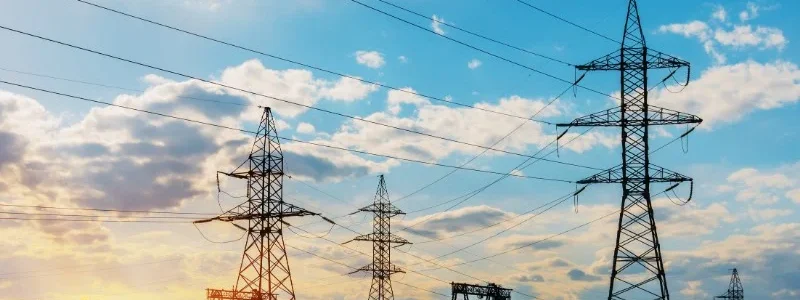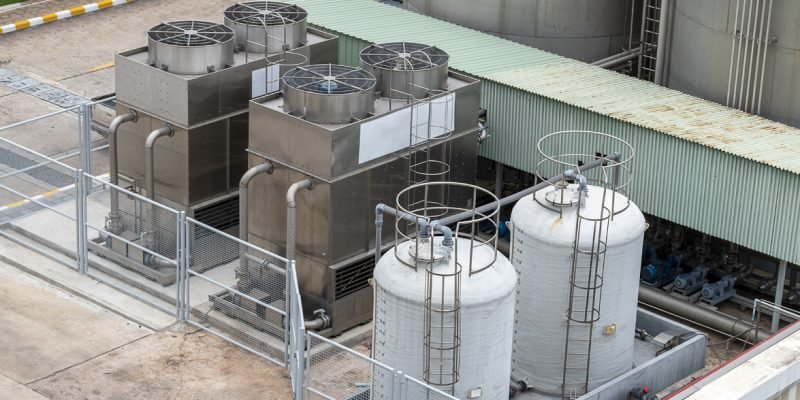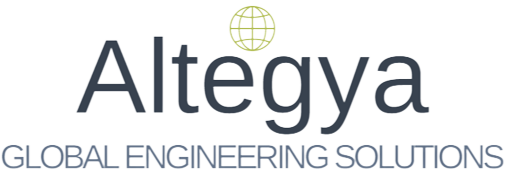Contact Info
- 96 Queen Park, Los Vegas, USA
- +1 800 555 44 00
- mail@example.com
- Office Hrs: Today 9.00am to 6.00pm

Empowering Tomorrow: Comprehensive Engineering Solutions in Power Engineering
Energy and utility engineering design involves the planning, analysis, and implementation of systems that generate, distribute, and utilize energy and utilities. This field encompasses a wide range of technologies and processes aimed at Altegya we ensure the efficient and sustainable provision of energy and utilities such as water, gas, and electricity. Here are the key aspects of energy and utility engineering design where altegya can support.
1.Energy Systems Design:
2.Utilities Infrastructure:
3.Renewable Energy Integration:
4.Energy Efficiency and Conservation:
5.Grid Integration and Smart Systems:
6.Environmental Considerations:
7.Regulatory Compliance:
8.Risk Assessment and Management:
Energy and utility engineering design is an interdisciplinary field that requires collaboration among professionals from various disciplines, including electrical engineering, mechanical engineering, civil engineering, and environmental engineering. The goal is to create efficient, reliable, and sustainable systems to meet the growing demand for energy and utilities while minimizing environmental impact.

The design process in energy and utility engineering typically involves several phases, each crucial for the successful planning, development, and implementation of energy systems and utility infrastructure. While the exact steps many vary depending on the specific project and context, below is an overview of services which altegya can provide.
1.Feasibility Study:
2.Conceptual Design:
3.Preliminary Design:
4.Detailed Design:
5.Documentation and Reporting:
